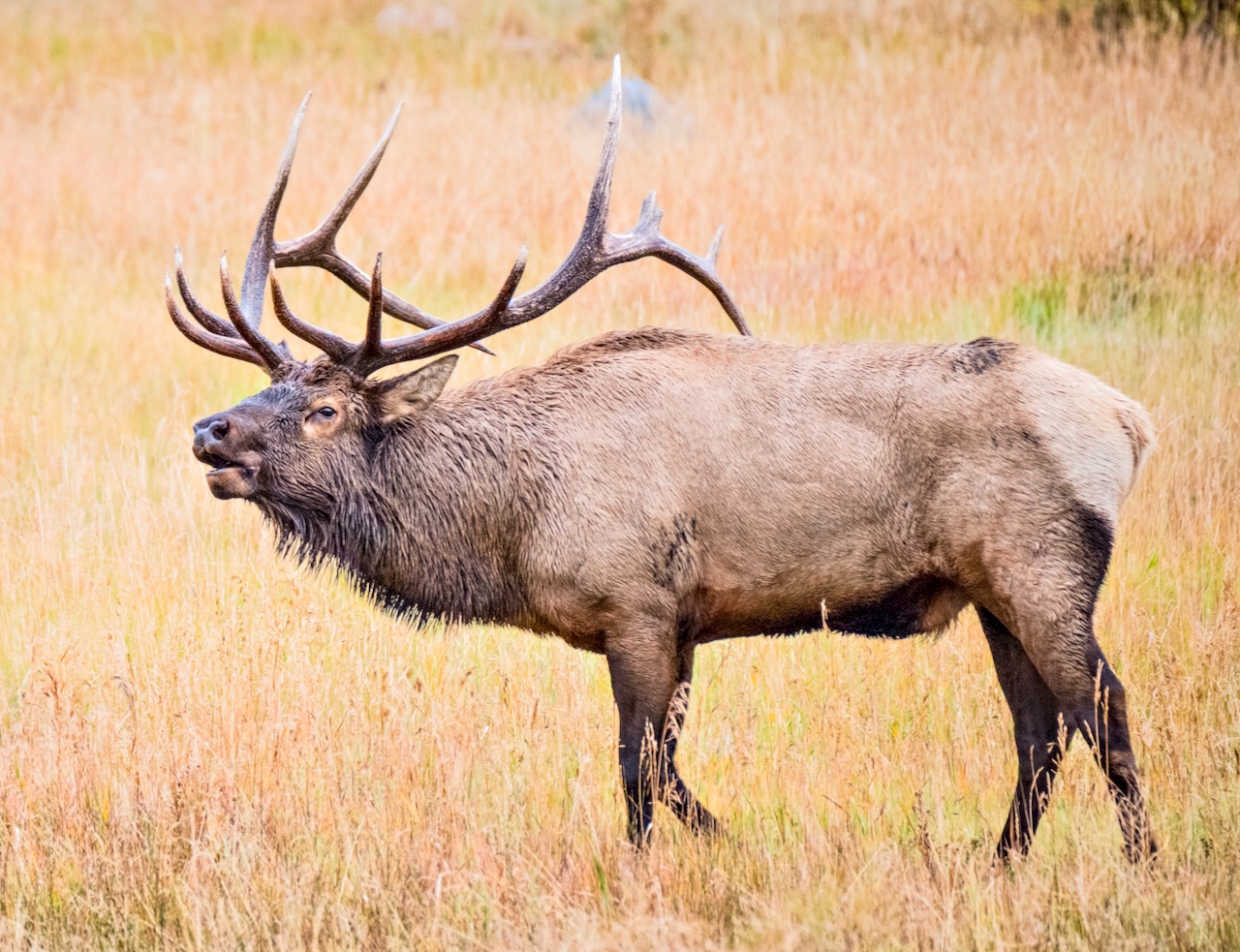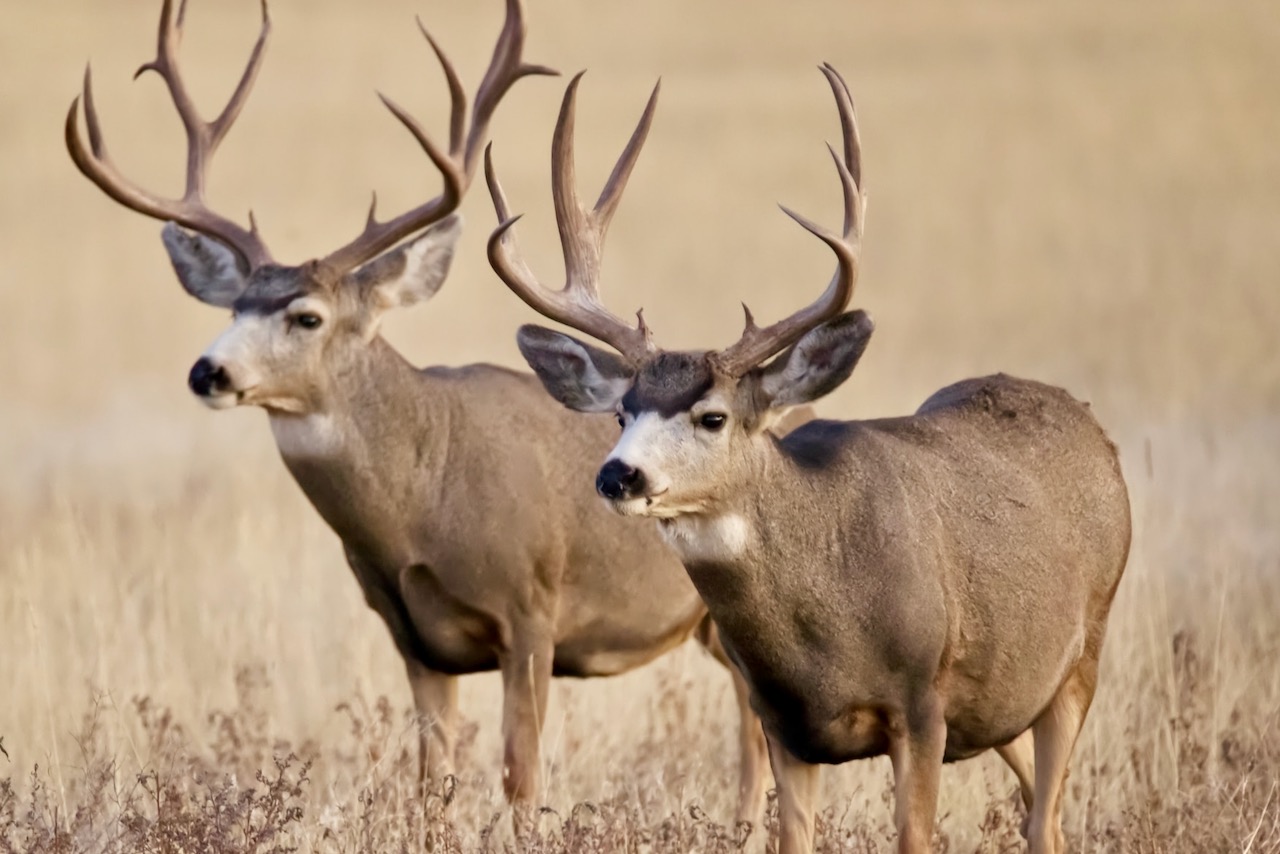ANTLER ACADEMY
Here’s what you need to know to bring home a true trophy—and stay on the right side of the regs
Advertisement

#2 WHEN AND HOW DO ANTLERS GROW?
Antlers do not grow directly from the male’s skull, developing instead on special permanent attachment sites called pedicles. All newborn cervids have these tiny bony knobs on the top of their skulls, but what happens next involves sex-specific biology and a bit of astronomy.
The earth is tilted 23.5 degrees off perpendicular as it revolves around the sun, which causes dawn to arrive much earlier in May than it does in December. It’s this change in the number of daylight hours that triggers the glands—particularly the pineal gland—in a male cervid, causing him to shed and regrow antlers each year.
Advertisement
The annual cycle of antlers starts in the spring. All the living cells in a cervid’s body are supplied with blood, as well as hormones carrying messages and instructions from the animal’s glands. At least 10 glands and a host of associated hormones make up the cervid’s endocrine system. The pineal gland is a pea-sized organ in the male’s brain, connected to his eyes; it releases the hormone melatonin into the bloodstream. The amount of melatonin varies with day length—less is released during the longer days of spring. At a specific reduced concentration of melatonin in the blood, the pituitary gland is triggered to release growth factor hormones. Those are carried in the blood to the pedicle cells, which then begin growing antlers. Incidentally, antlers are among the fastest growing tissues in the animal kingdom.
Antlers are triggered to grow by lengthening days in the spring
During the five-month growing period, antlers are well supplied with blood and protected with special skin cells, which we know as the velvet. The blood delivers minerals, including a compound of phosphorus and calcium called hydroxyapatite, that harden the soft young antlers into bone. Then, in the shorter days of autumn, the testes are stimulated to release the hormone testosterone into the blood. This surge of testosterone inhibits the growth factor hormones so that the antlers stop growing and, in fact, die. However, the testosterone also ensures that the dead bone cells of the antlers stay connected to the live bone cells of the skull. As for the velvet, it also dies, then dries up and gets shed or rubbed off. After the rut, during the short days of winter, the antlers eventually drop off (see #5).
Come spring, the lengthening days will trigger the hormone and antler cycle to begin once again. The male’s glands—and therefore his body—are so attuned to changes in day length that, in totally controlled environments where day and night are artificially adjusted, males have been made to replace their antlers two or even three times a year, or only once in two years.
Advertisement

